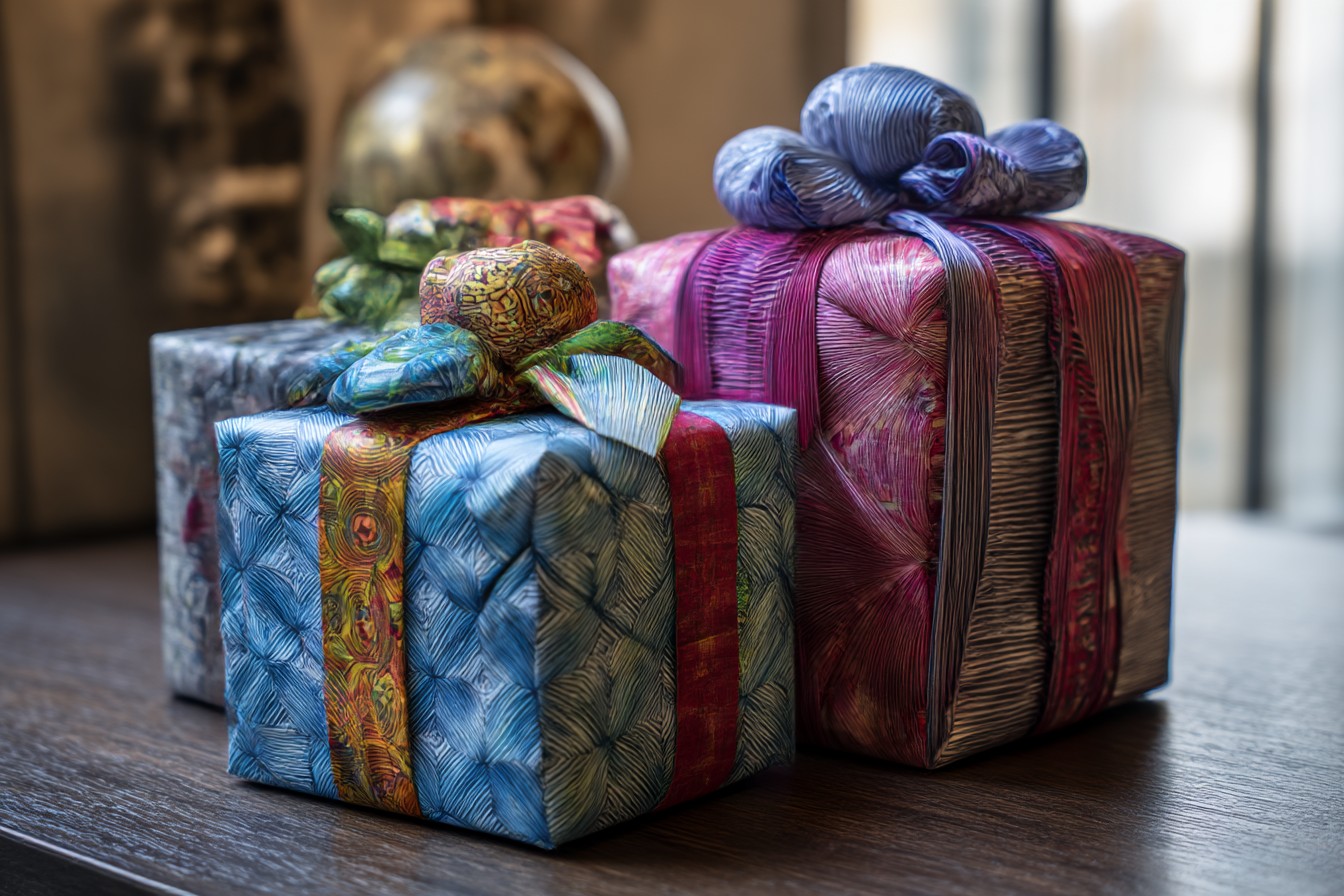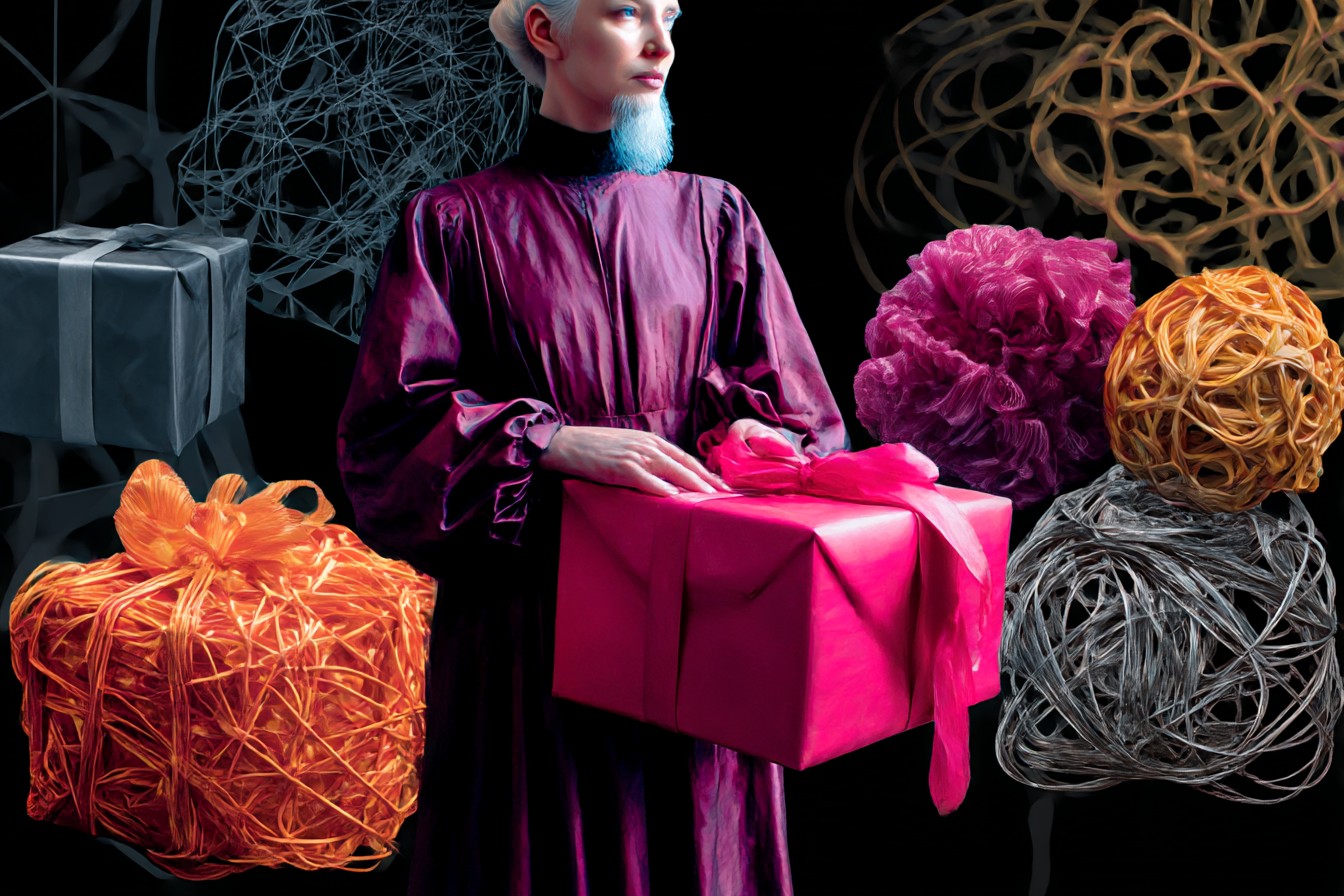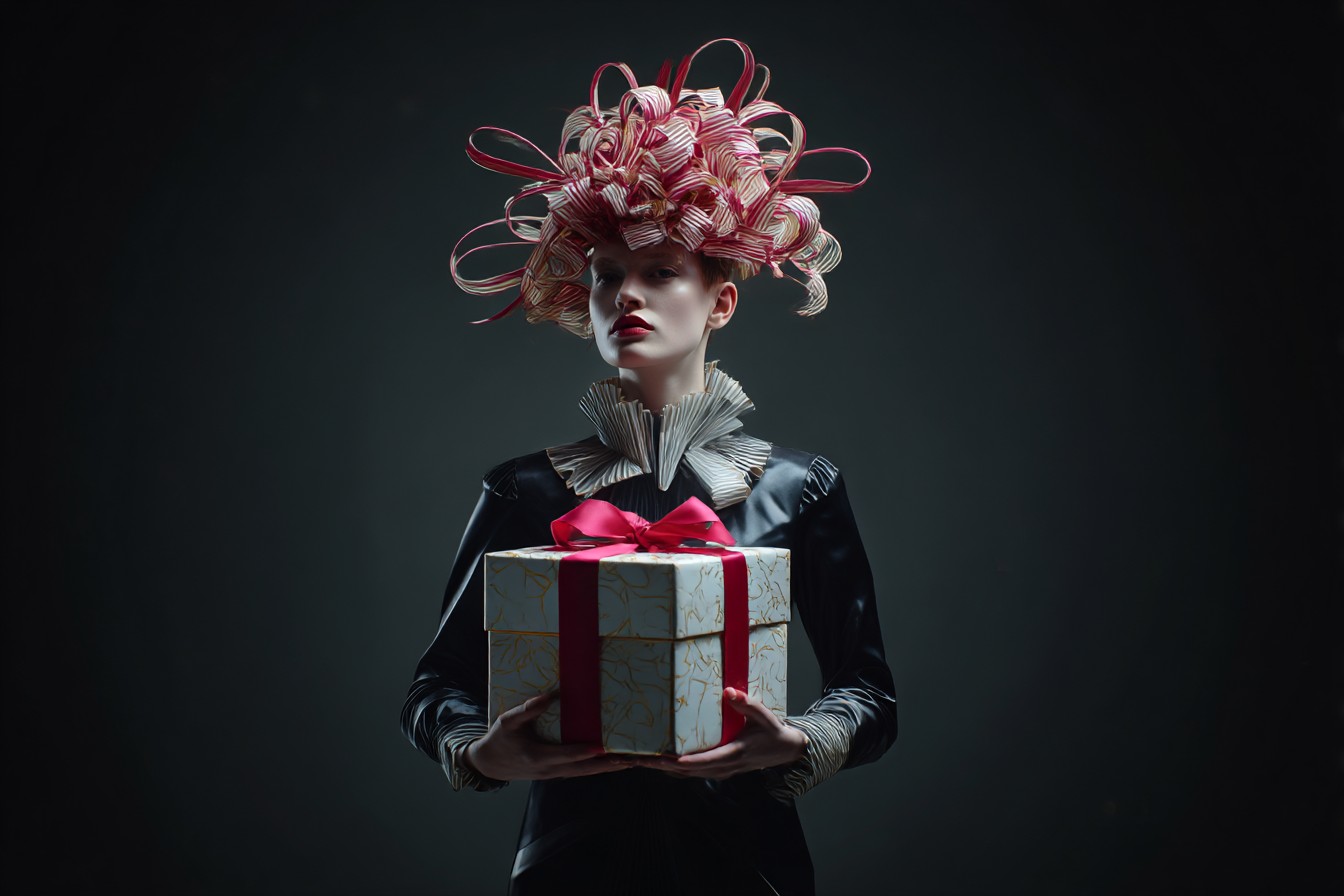The penny-drop moment came during what should have been a lovely birthday celebration for my Aunt Patricia. I’d spent weeks planning what I thought was the perfect experience gift—a day trip to a lavender farm complete with a guided tour, tea tasting, and botanical crafting workshop. I’d visited the place myself the previous summer and been enchanted by the rolling purple fields, the heady scent, and the general Instagram-perfect English countryside vibe of it all. Aunt Patricia loves gardening and had often mentioned wanting to grow lavender, so this seemed like the ideal way to indulge her interest while giving her a memorable day out.
What I’d completely failed to consider was that my aunt, though only in her early sixties, had been dealing with increasingly problematic knee issues that made walking on uneven terrain painful and difficult. The farm’s charm came partly from its rustic authenticity—meaning unpaved paths, subtle slopes, and precisely zero concessions to accessibility. About twenty minutes into what was meant to be a three-hour experience, I watched her face transition from polite enthusiasm to poorly concealed discomfort as she tried to navigate the rough ground with her walking stick. When she finally admitted she couldn’t continue, we abandoned the tour and spent the remainder of our “special day out” in the gift shop café while the rest of the group disappeared into the lavender fields without us.
“It’s lovely that you thought of me, darling,” she said, stirring her tea with determined cheerfulness. “The scones are delicious.” She didn’t mention the obvious—that I’d given her an experience that highlighted her limitations rather than one she could fully enjoy.
I was mortified. Worse, I realized this wasn’t even my first such misstep. There was the cooking class I’d booked for my friend James, forgetting that his rheumatoid arthritis made knife skills challenging. The wine tasting tour for my colleague Sarah, not considering that her medication didn’t mix well with alcohol. The immersive theatre experience for my cousin’s teenager with sensory processing issues, who lasted approximately twelve minutes before becoming overwhelmed by the noise and proximity of the actors.
These weren’t just minor gift miscalculations—they were experiences that made people I cared about feel excluded, uncomfortable, or reminded of their limitations, precisely the opposite of what a thoughtful gift should do. I pride myself on being The Gift Person, for heaven’s sake. How had I got this so consistently wrong?
The truth was uncomfortable but simple: I’d been designing experiences based on my own abilities and preferences, then mentally inserting other people into them without adequately considering their specific needs. I’d been giving the experiences I thought they should want rather than ones they could genuinely enjoy.
That lavender farm fiasco became the catalyst for a complete rethink of how I approach experience gifts, particularly for people with different ability levels. Over the past few years, I’ve developed a framework that’s helped me create accessibility-minded experiences that still deliver that special “gift occasion” feeling without excluding or alienating the recipient. It hasn’t been a perfect journey—I’ve still made mistakes—but the overall success rate has improved dramatically.
The first principle I’ve adopted is something I call “ability-forward planning.” This means explicitly considering physical, sensory, cognitive, and energy-related needs from the very beginning of the planning process, not as an afterthought. It sounds obvious, but it requires a significant mindset shift. Instead of thinking “What experience would they enjoy?” and then later trying to accommodate limitations, I now start with “What experience would be fully accessible to them while still being special?”
This shift means asking different questions during the planning phase. How long can they comfortably stand or walk? Are there sensory considerations like noise sensitivity or lighting preferences? Are there dietary restrictions that might make food-centric experiences challenging? What time of day are they typically at their best energy-wise? Do they need predictability and structure, or are they comfortable with spontaneity? These aren’t awkward, invasive questions when approached naturally as part of thoughtful gift planning.
Of course, asking directly isn’t always possible without spoiling the surprise element. In these cases, I’ve become something of a detective, gathering intelligence from people close to the recipient. “I’m planning something for Dad’s birthday—how have his energy levels been lately?” or “Has your husband mentioned any activities he’s found difficult recently?” These conversational approaches usually yield the information I need without raising suspicion.
My friend Meera, who uses a wheelchair, gave me invaluable insight into how well-intentioned experience gifts often go wrong. “People either choose completely sedentary activities that feel like they’re designed for someone sick rather than someone who uses a wheelchair, or they choose supposedly ‘accessible’ venues that turn out to have steps to the toilet or require navigating service entrances,” she explained. “What I want is to feel like my accessibility needs were considered from the start, not accommodated as an afterthought.”
This conversation led to my second principle: avoiding what I now think of as the “accessibility extremes.” On one end of the spectrum is planning experiences so cautious and limited that they feel medicalized or infantilizing—the equivalent of gifting someone a day in a care home activity room. On the other end is choosing mainstream experiences that claim to be “accessible” but actually deliver a second-class, modified version of the real experience.
The sweet spot lies in finding experiences that are inherently accessible without compromise—where the recipient gets the full experience, not a watered-down version. This might mean looking beyond the obvious options to discover venues, activities, and events specifically designed with universal accessibility in mind.
For Meera’s birthday, instead of the art gallery exhibition I’d initially considered (knowing she loves modern art but knowing many galleries have accessibility issues), I found a sculpture park with paved paths, accessible viewpoints, and a design philosophy that made wheelchair navigation part of the intended experience rather than an accommodation. The result was a day where her disability never became the focus—we simply enjoyed the art together without constant reminders of accessibility challenges.
My third principle involves what I call “accommodation without announcement.” This means making any necessary arrangements quietly and efficiently without drawing attention to them. Nobody wants their limitations to become the centerpiece of a gift experience, with everyone hyper-aware of the special considerations being made.
When I planned a cookery class for James (making up for my previous error), I spoke privately with the instructor beforehand. Rather than making a public accommodation, they simply structured the entire class to use techniques that didn’t require sustained knife work or grip strength—preparation methods that worked for everyone. James never felt singled out because the class was designed from the ground up to be inclusive.
Similarly, when organizing a theater outing for my cousin’s family, I didn’t book a special “relaxed performance” (which can sometimes feel stigmatizing) but instead found a production company that incorporates sensory-friendly elements into all their shows—lower sound levels, no sudden lighting changes, and quiet areas where anyone can take a break if needed. The experience felt premium and thoughtful rather than “modified.”
The fourth principle I’ve developed is “alternative equivalence”—ensuring that if certain elements of an experience aren’t accessible, the alternatives aren’t merely consolation prizes but equivalent in quality and memorability. This can require creativity and sometimes additional investment, but it’s essential for maintaining the “special occasion” feeling.
For my Aunt Patricia’s do-over lavender experience, I arranged a private workshop with a botanical perfumer who brought the lavender fields to her—with samples from different varieties, distillation demonstrations at her kitchen table, and a personalized scent-creating session. The experience wasn’t lesser for being adapted; it was different but equally special, and in some ways more personal than the original plan.
Sometimes this principle means creating parallel experiences where people with different abilities can participate in related but suitable activities before coming together for shared elements. When planning a family activity day that included my nephew who has ADHD and struggles with sustained attention, I organized three shorter experiences rather than one long one, with traveling between locations becoming part of the adventure rather than just transition time. This rhythm worked better for him while still giving everyone a full, connected day of experiences.
My fifth principle focuses on dignity preservation—ensuring that accessibility considerations never make the recipient feel like a burden or problem to be solved. Language matters enormously here. I never frame adaptations as “special arrangements” or draw attention to them unless absolutely necessary. They’re simply part of the thoughtfully planned experience.
When I arranged a food tour for Sarah (the colleague who couldn’t drink alcohol), I didn’t ask the tour company about “accommodating” her non-drinking status. Instead, I found a tour that naturally included exceptional non-alcoholic options at each stop—craft sodas, specialty teas, and house-made cordials—presented with the same ceremony and detail as the alcoholic offerings. The guide described each pairing without differentiating between alcoholic and non-alcoholic options, simply presenting them as equally valid choices. Sarah later told me it was the first food experience where she hadn’t felt like an afterthought.
My sixth principle might be the most important: prioritizing enjoyment over inspiration. There’s an unfortunate tendency in our culture to frame experiences for people with disabilities as inspirational challenges to “overcome” rather than occasions to simply enjoy. I’ve become hyper-aware of avoiding experiences that carry the subtext of “isn’t it amazing that you can do this despite your condition?”
This means staying away from experiences that could be perceived as “proving” something or that friends and family might respond to with statements like “I’m so impressed you managed that!” The gift recipient shouldn’t have to perform their ability or disability as part of receiving your gift.
When my uncle started using a mobility scooter after a stroke, well-meaning relatives immediately suggested experience gifts that seemed designed to test his new limits—an adapted cycling experience, a “accessible” kayaking trip—rather than things he’d genuinely enjoy. For his birthday, I instead arranged a private tour of a whisky distillery (a longtime interest of his) that had level floors throughout and plenty of seating. The gift honored his actual preferences rather than making his mobility device the focus of the experience.
The seventh principle is something I call “energy budgeting”—recognizing that many conditions and disabilities involve careful management of limited energy resources. An experience that requires using up an entire day’s worth of energy in a few hours might create enjoyment in the moment but lead to days of recovery afterward.
I’ve learned to design experiences with natural breaks, options to scale participation up or down depending on energy levels on the day, and without tight schedules that can’t accommodate unexpected needs for rest. For my friend with chronic fatigue syndrome, I created a “choose your own adventure” spa day where she could decide which treatments to have and when, with private relaxation areas available between activities, and a flexible end time that wouldn’t leave her feeling rushed.
My eighth principle involves advance information—providing detailed previews of what the experience will involve without spoiling the surprise elements. Many people with disabilities or chronic conditions need to prepare mentally and physically for activities, and uncertainty can create anxiety that undermines enjoyment.
When I plan experience gifts now, I create what I call “preparation packs” that outline practical elements like timing, physical requirements, sensory environments, food options, and available facilities, while still keeping the special or surprising elements under wraps. These aren’t clinical information sheets—I design them to build excitement while providing necessary information. For a mystery cultural experience I planned for my mother-in-law (who has anxiety about new situations), I created a beautiful little booklet with watercolor illustrations that outlined the day’s structure and practical details while keeping the specific performances and artists a surprise.
My ninth principle is perhaps the most challenging: embracing flexibility without compromising on specialness. The reality of many conditions is that good days and bad days are unpredictable. An experience that seemed perfectly matched to someone’s abilities when planned might land on a day when those abilities are temporarily reduced.
Rather than seeing this as a failure of planning, I now build contingency options into every experience gift. For my friend with fibromyalgia, I arranged a pottery workshop with a studio that offered both in-person and virtual options. When her symptoms flared unexpectedly on the scheduled day, we switched to the virtual format—the instructor delivered clay and tools to her home, and we connected online for a modified but still special creative experience. The ability to pivot without canceling entirely preserved the gift’s significance.
The final principle, which underlies all the others, is simple but crucial: the experience should celebrate the person, not accommodate their condition. The best accessibility-minded gifts never feel like they’re defined by limitations or differences. They feel like perfectly chosen experiences that happen to work well for that particular person in all their complexity.
This principle guides every choice, from the invitation wording to the experience itself to how it’s referenced afterward. The language should focus on the recipient’s interests, preferences, and personality, not their condition or accommodation needs. The goal is an experience so well-matched to them that accessibility becomes invisible—not because it’s ignored, but because it’s so seamlessly integrated that it never becomes the focus.
I put this principle into practice when planning a significant birthday experience for my friend David, who is blind. Instead of focusing on “blind-friendly” activities (a framing he dislikes), I centered the day around his passion for storytelling and oral history. We visited a working oral history archive where he could listen to rare recordings, participated in a sound art workshop where everyone worked without visual references, and ended with a storytelling dinner where each course was introduced with a story about its origins and significance. The day honored his interests and expertise rather than designing around his blindness, though every element was naturally accessible to him.
The results of this reframed approach to experience gifts have been transformative. Not only have the recipients enjoyed the experiences more fully, but our relationships have deepened through the process. There’s something powerfully connecting about feeling truly seen and considered—not despite differences in ability but with those differences acknowledged as natural parts of who someone is.
The lavender farm mistake with Aunt Patricia has become something of a family legend now, a story she tells with much more humor than I probably deserve. Last year, for her birthday, I gave her a different kind of lavender experience—a visit from a garden designer who specializes in accessible garden planning, who helped her create a raised lavender bed at exactly the right height for her to tend without kneeling or bending. She now has the lavender garden she always wanted, designed with her specific abilities in mind.
“You’ve certainly improved since the Lavender Farm Incident of 2018,” she told me wryly as we sat beside her new garden, breathing in the fragrance of the plants she can now tend independently. I had to agree. Sometimes the best gift lessons come from our most mortifying mistakes.
Creating truly accessible experiences isn’t about limiting options or providing watered-down alternatives. It’s about thoughtful design that centers the whole person—their interests, preferences, abilities, and needs—to create moments of genuine joy where limitations never become the focus. It takes more thought, more planning, and sometimes more creativity, but the resulting experiences create deeper connections and more meaningful memories. And isn’t that the whole point of giving experiences in the first place?







Leave a Reply